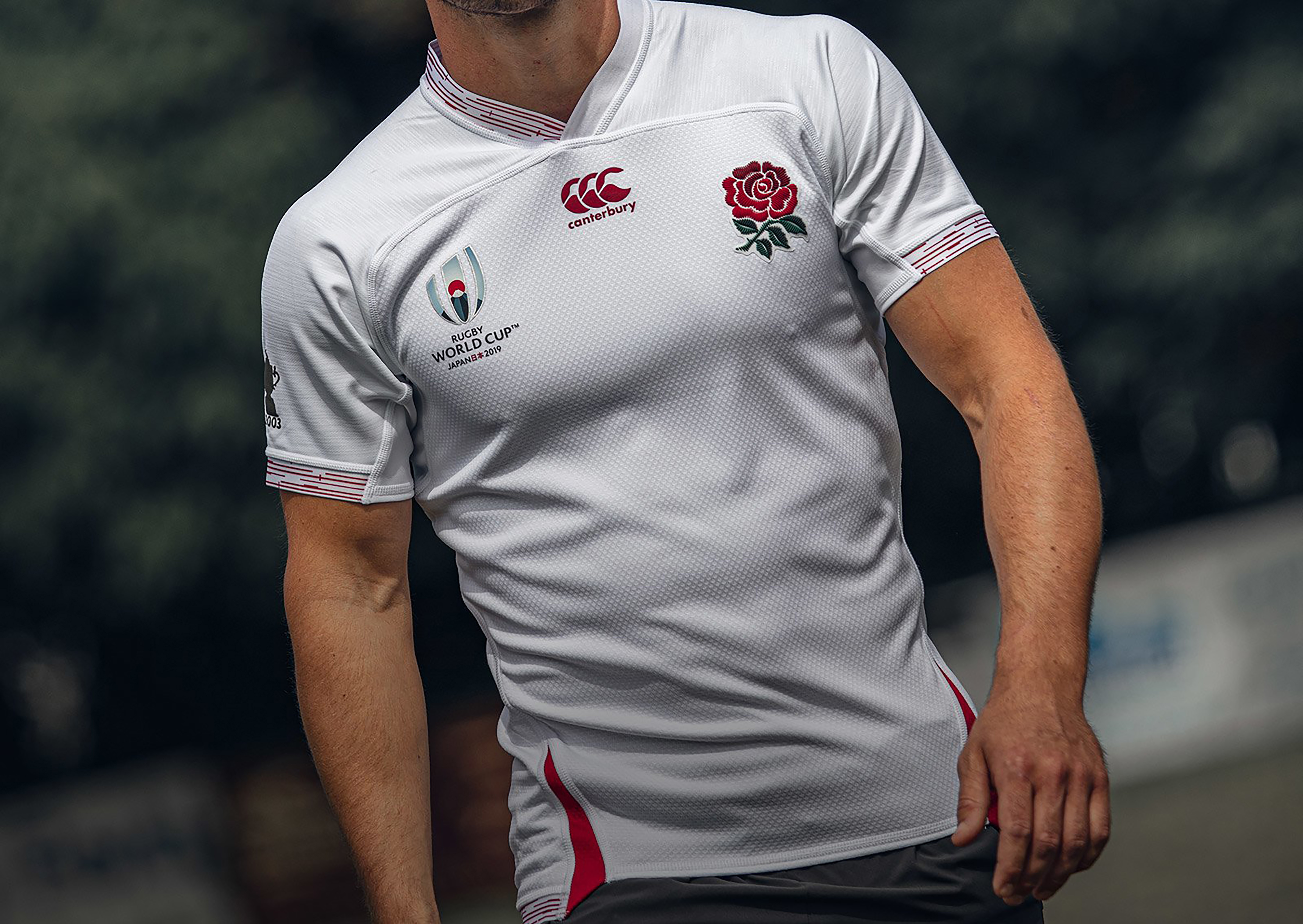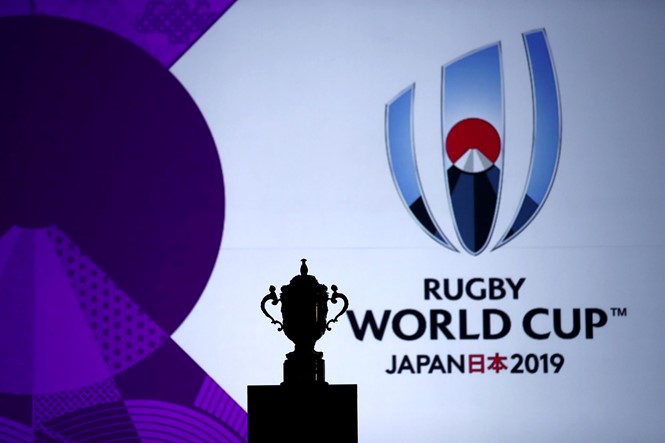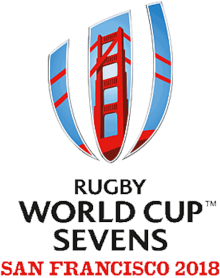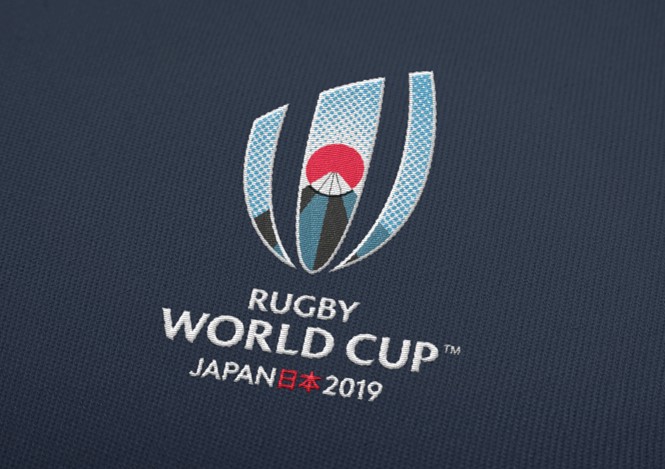Opinion: How branding is opening up rugby to the world
Its new image is helping the game extend its reach beyond the traditional rugby-playing nations, argues Adam Savage.
The Rugby World Cup in Japan is now in the later stages and while the semi-finalist line-up is not hugely unexpected, the tournament has produced some major surprises, mainly involving the host nation. Japan justified its status as host with victories over both Ireland and Scotland and progression to the final eight, even if initially it was not the obvious choice.
Actually, it’s a sign of the growth, ability and momentum building in the sport as it begins gaining global popularity, success and appealing to new fanbases. Branding has played a significant role in that growth.
Increased investment, sponsorship and rugby’s re-inclusion in the 2016 Olympics have all been powering this shift. As the sport opens up to the world and becomes more accessible, it has had to reinvent and update its image, shedding some of the fixed associations and connotations that may have limited its broader appeal in the past.
Football underwent a similar journey. At the dawn of the 20th century, the sport as we know it today was rarely played outside the UK. It's governing body, Fédération Internationale de Football Association (FIFA), was set-up in 1904 and lobbied for its inclusion in the Olympics, eventually leading to the formation of the World Cup in 1930. The branding of which opened up the sport to new audiences and transformed FIFA from a distant governing body to a global cultural phenomenon.

Another, more recent, pivotal moment for the sport, was the formation of the Premier League with a new identity and brand that has continued to evolve over the years, with the latest iteration being the most flexible and globally accessible possible.
Today, few would dispute the claim that football is the leading global sport. While rugby does not (yet) have the same global appeal, developing its brand to give it a clear, modern accessible proposition is proving to be crucial in building the profile, audiences and image of the sport around the world.
A turning point came in 2014 when we helped the IRB (International Rugby Board) rebrand as World Rugby. The aim was to build a stronger connection with fans, players and commercial partners, and ultimately engage with new audiences around the world. The new branding and logo was inspired by the values of honour, courage and optimism associated with the game, which were expressed in a modern and progressive shield-like “W” emblem, which retains links to the organisation’s heritage in how it resembles a rugby ball positioned for kick-off and uses bold blue and green – key elements from the previous logo.
The changes made to the name and branding of Rugby's governing body were the first step in helping to open up the demographic, appeal and reach of the sport. Since 2015, global participation in the sport has risen from 6.6million to 9.6million players, with a 28% rise in the number of female players and a 33% rise in participation in Asia since 2017. The branding for the current Rugby World Cup is continuing to fuel this momentum.

The tournament in Japan is the first Rugby World Cup to fully use the new assets created for the relaunched World Rugby in 2015. Crucially, the new emblem created for Japan 2019 aims to make an impact on both a local and global level: drawing on the universal language of the sport while telling a story that feels specific to Japan. A bold and graphic depiction of Mount Fuji, a unifying symbol of Japan well-known around the world, has been set within the framework of the World Rugby marque to unite both global and local audiences and help enhance the cultural relevance and appeal of the game across Japan.
While rugby will always be enjoyed in bars in Cape Town, Cardiff and Christchurch, the hope is that it will be increasingly watched in stadia and on screens in Kobe, Vientiane and beyond. Just like football pushed into new markets from 1994 with the US World Cup, then in 2002 in Japan/Korea, and again in 2010 South Africa and Qatar in 2022, we’re set to see rugby follow a similar path.
The foundations laid down with the branding for the Rugby World Cup Japan, show how the sport can translate to other nations while retaining its global appeal and with rumours of a 2027 Rugby World Cup tournament in the USA, the global growth of the game looks set to continue.
Adam Savage is design director at FutureBrand
















